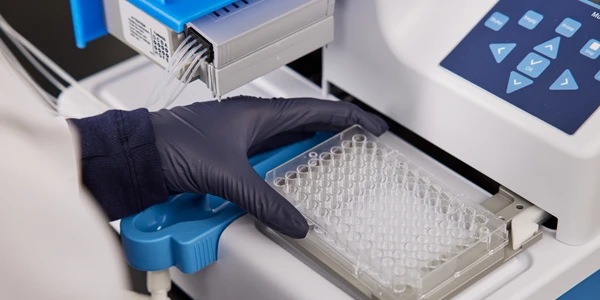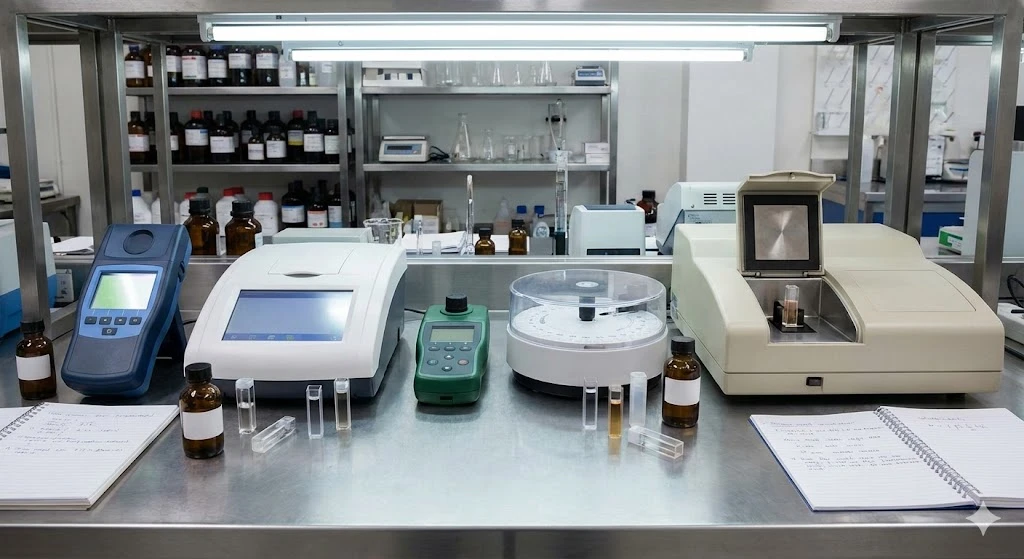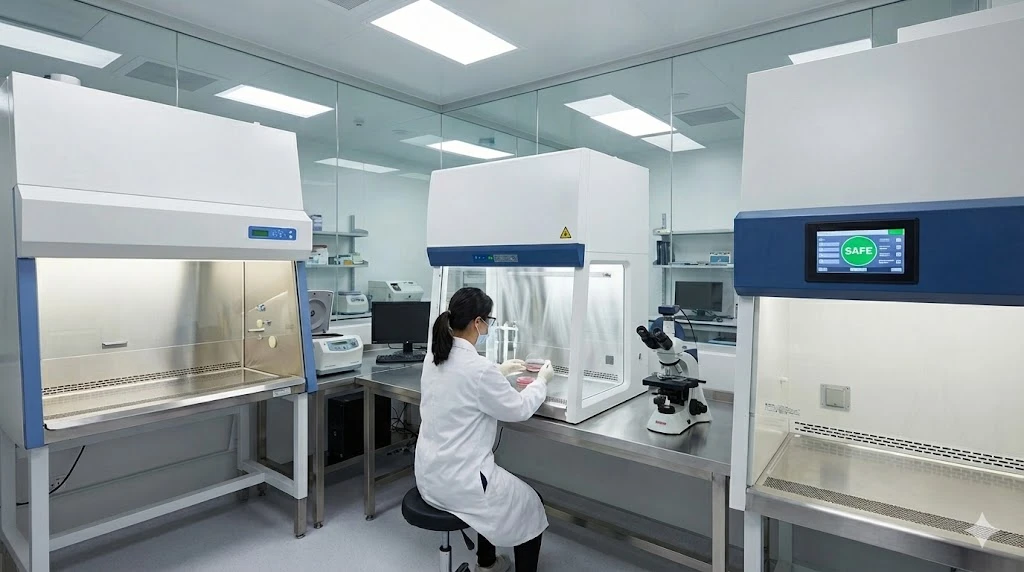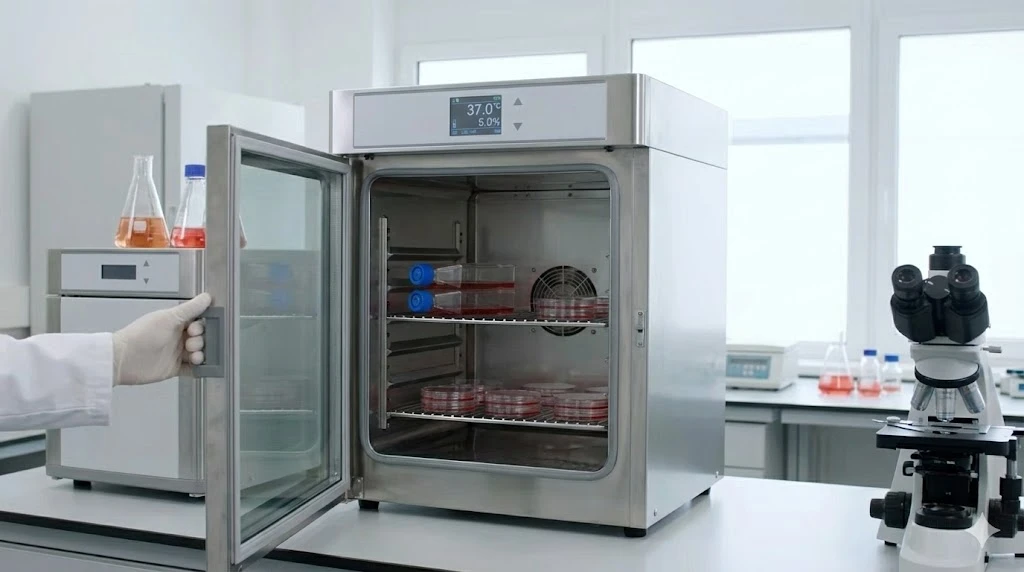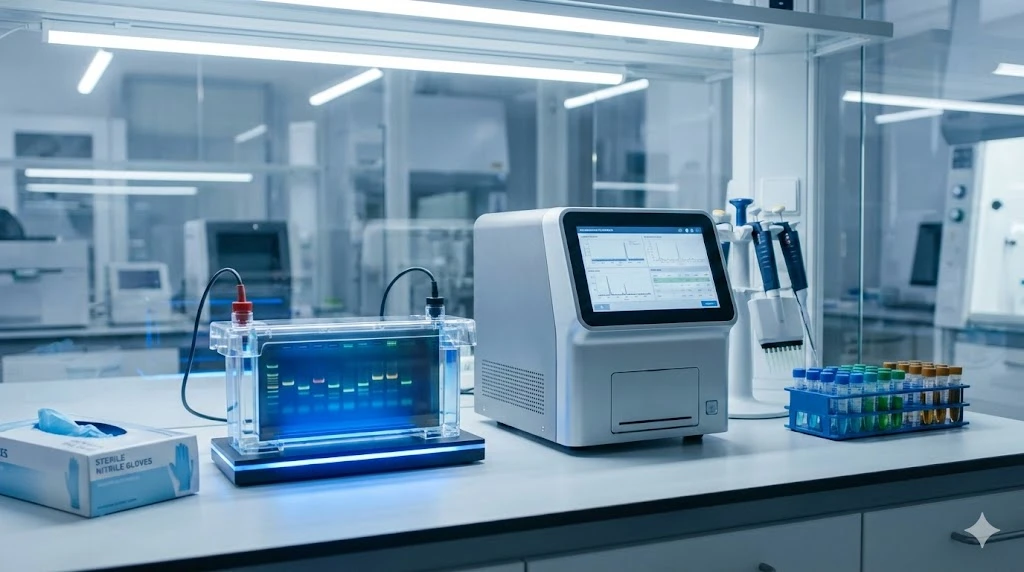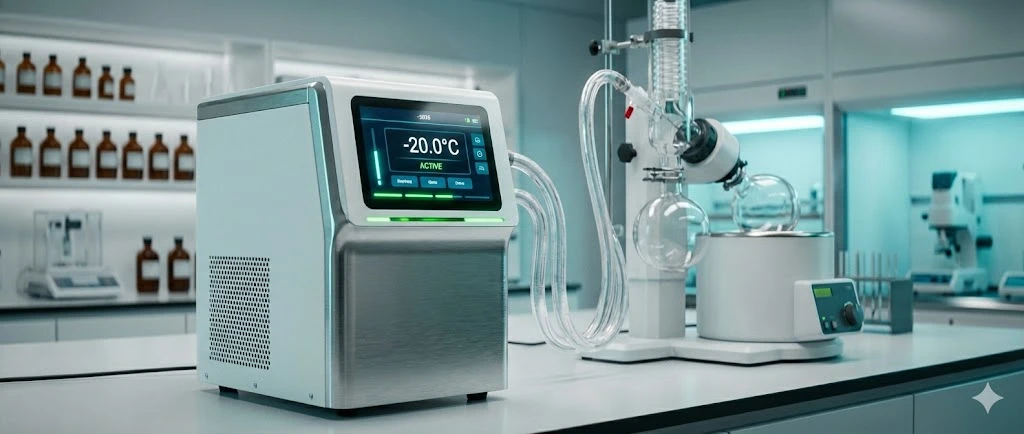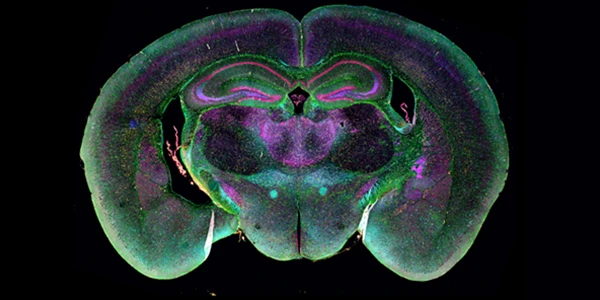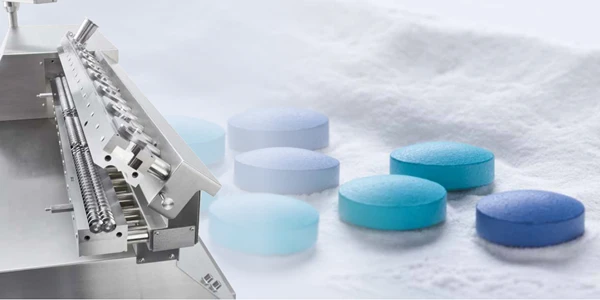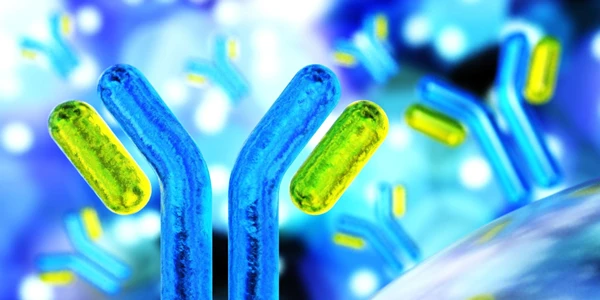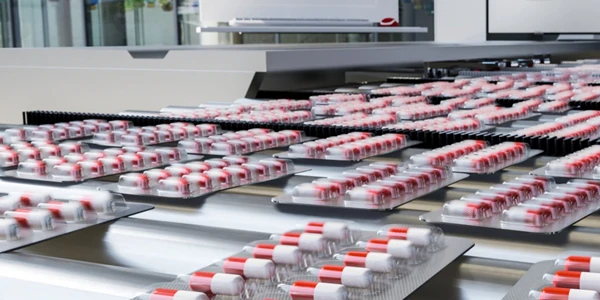Comparing Gamma Counters and Scintillation Counters: Strengths and Weaknesses
GEMINI (2025) Gamma counters and scintillation counters are essential tools in nuclear medicine, radiobiology, and biochemical research. Both instruments measure radioactivity with precision, yet their mechanisms and applications vary significantly. Understanding the differences between gamma counters and scintillation counters enables laboratories to select the most effective instrument for their research goals and compliance requirements. A gamma counter is a highly sensitive instrument designed to detect and measure gamma radiation emitted from radioactive isotopes. It is commonly used in immunoassays, radiolabeled tracer studies, and metabolic research. Gamma counters typically utilize a sodium iodide (NaI) crystal that emits light when struck by gamma photons. The light is converted to an electrical signal by a photomultiplier tube (PMT). This signal is then amplified and quantified to represent the radioactivity of the sample. Key characteristics of gamma counters: Detect gamma rays directly without the need for liquid scintillation. Primarily used for samples labeled with gamma-emitting isotopes such as Iodine-125 or Chromium-51. High counting efficiency and low background noise. Applications: Radioimmunoassays (RIAs) Biodistribution studies Radiopharmaceutical quality control A scintillation counter detects and measures ionizing radiation by converting it into light pulses through a scintillator material. Unlike gamma counters, scintillation counters can measure multiple types of radiation, including alpha, beta, and gamma. Scintillation counters can operate in two main configurations: Liquid scintillation counters (LSC): Ideal for beta-emitting isotopes like tritium (³H) and carbon-14 (¹⁴C). Solid scintillation counters: Often use inorganic crystals (e.g., NaI or CsI) for detecting gamma or X-rays. Advantages: Versatile detection for alpha, beta, and gamma radiation. Higher efficiency for low-energy beta emitters. Suitable for environmental monitoring and radiocarbon dating. Limitations: Quenching effects in liquid scintillation can reduce accuracy. Sample preparation may involve hazardous chemicals. While both instruments rely on scintillation to produce measurable light, the key difference lies in how the radiation interacts with the detector and the type of radiation measured. This distinction is crucial in determining which counter suits a laboratory’s analytical needs. Strengths: Minimal sample preparation. Exceptional sensitivity for gamma emitters. Robust for clinical diagnostics and pharmaceutical testing. Weaknesses: Limited to gamma radiation detection. Cannot measure low-energy beta emitters. Higher cost for specialized calibration and shielding. Ideal Use Cases: Radioimmunoassay analysis. Measuring radiolabeled tracers in metabolic studies. Strengths: Broad radiation detection capabilities (alpha, beta, gamma). High efficiency for low-energy particles. Capable of simultaneous multi-isotope detection. Weaknesses: Complex sample preparation, particularly with liquid scintillation. Potential chemical hazards and quenching errors. Requires careful calibration and background correction. Ideal Use Cases: Environmental and biological radioactivity studies. Radiocarbon dating and contamination assessment. Selecting the appropriate counter depends on the type of isotope, research goal, and operational environment. Laboratories often evaluate: Radiation Type: Gamma counters excel with high-energy gamma emitters; scintillation counters handle diverse radiation types. Sample Format: Gamma counters measure dry or sealed samples; scintillation counters often need liquid mixtures. Throughput Needs: Automated gamma counters support high sample volumes; liquid scintillation counters require more preparation time. Decision Summary: Use gamma counters for immunoassays and radiotracer quantification. Use scintillation counters for beta-emitting isotopes and environmental applications. Understanding the operational principles and limitations of gamma counters and scintillation counters is essential for efficient laboratory workflows. Gamma counters deliver precision for gamma-emitting isotopes, while scintillation counters provide versatility across multiple radiation types. The correct selection enhances data accuracy, safety, and compliance within radiological research and testing environments. What are the main differences between gamma counters and scintillation counters? When should a laboratory use a gamma counter? What are the advantages of scintillation counters in environmental analysis? Scintillation counters can detect low-energy beta emitters, making them suitable for assessing environmental and biological samples. 4. Are gamma counters safer to use than scintillation counters? This article was created with the assistance of Generative AI and has undergone editorial review before publishing.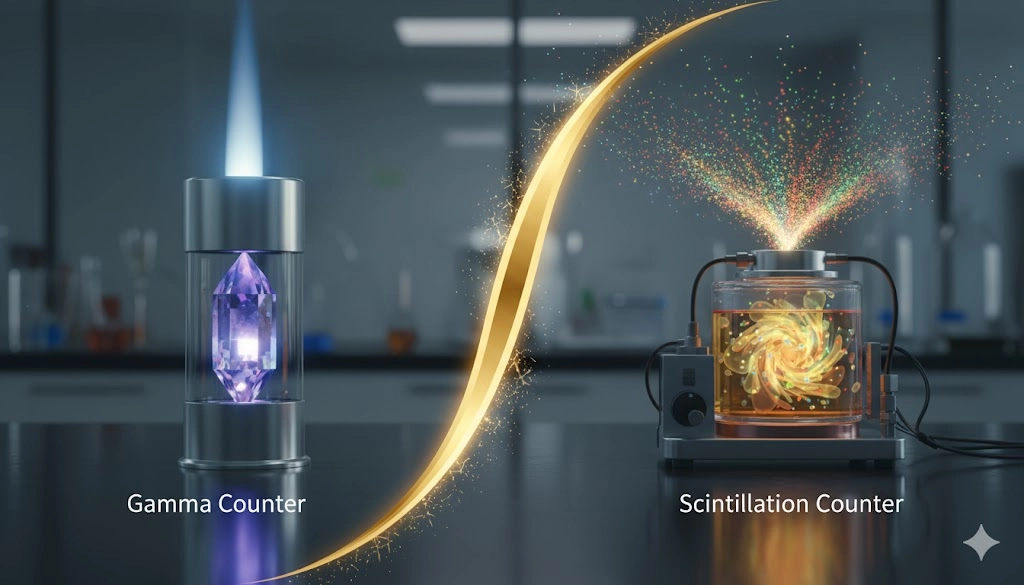
What Is a Gamma Counter?
What Is a Scintillation Counter?
Principle of Operation: Gamma vs. Scintillation Counters
Feature Gamma Counter Scintillation Counter Radiation Type Detects gamma rays Detects alpha, beta, and gamma rays Detection Medium Solid NaI(Tl) crystal Liquid or solid scintillator Sample Preparation Minimal Often requires mixing with scintillation fluid Counting Efficiency High for gamma emitters High for beta emitters Common Isotopes I-125, Cr-51 ³H, ¹⁴C, P-32 Applications Immunoassays, biodistribution Environmental, biological assays Strengths and Weaknesses of Gamma Counters
Strengths and Weaknesses of Scintillation Counters
Choosing Between Gamma Counters and Scintillation Counters
Optimizing Radioactivity Measurement in Modern Labs
Frequently Asked Questions (FAQs)
Gamma counters measure gamma radiation directly, while scintillation counters can detect alpha, beta, and gamma radiation through scintillation processes.
A gamma counter is preferred for gamma-emitting isotopes, particularly in immunoassays and tracer studies.
Gamma counters generally involve less chemical handling and are safer due to minimal sample preparation.
